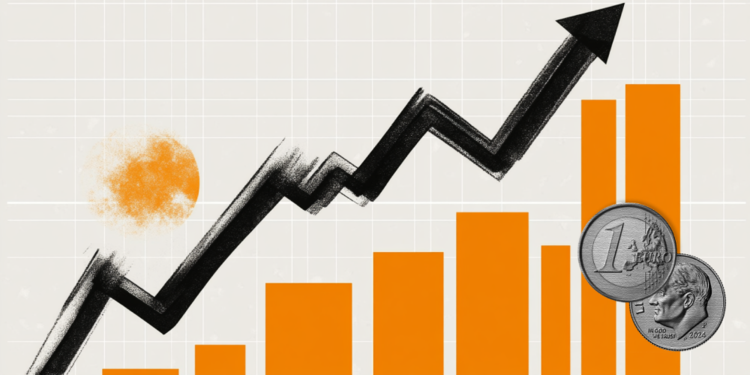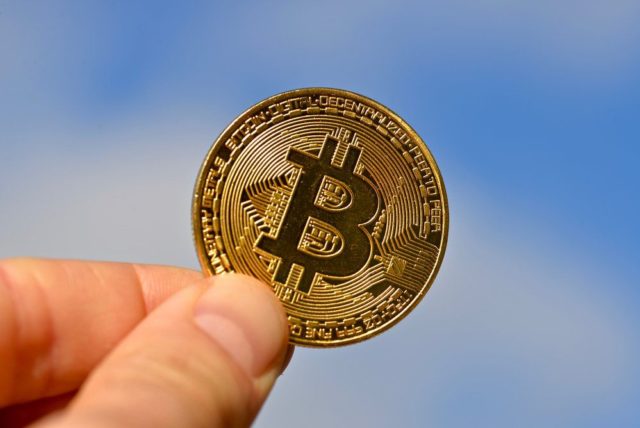In July, Pump.fun, a popular site, allowing users to launch and trade in memcoirs, raised $ 600 million in just 12 minutes during the public sale of their own token. Another $ 720 million was involved in the framework of private placement. The total volume of attracted capital amounted to about $ 1.3 billion, reports RBC Crypto.
This is one of the largest transactions on the cryptornka in 2025. The placement format is no less remarkable: retail investors could take part on sale, with the exception of the inhabitants of the United States, Great Britain, Iran and a number of other countries. To access tokensil, it was enough to go through the personality verification procedure (KYC). This contrasts with the practice of recent years, when the primary placement of tokens was mainly available only to large investors against the background of tightening regulation, the authors of Fortune write in the column about the likely return of demand for ICO from the crypto community.
The placement of the Pump.fun token was an atypical event for the current crypto market, but at the same time reminded of a more free era of almost ten years ago, when everyone could launch their own cryptocurrency and collect millions of dollars. Such placements, known as ICO (Initial Coin Offering), gave a start to a number of sign projects, but also caused a surge of fraud and short -lived initiatives. Whether the sale of Pump.fun tokens means the return of the ICO era is not yet clear.
Traditional startups have a well -established way to enter the public market: first funds from private investors are involved, then the company scales the business, and, if successful, submits an application for the primary public placement of shares (IPO). This process usually takes several years, requires the participation of investment banks and is accompanied by strict supervision by financial regulators.
Unlike IPO, the primary placement of tokens (ICO) provides a shorter way to attract capital: the company produces millions of tokens and distributes them among those who invest in the project. That is how legal cryptocurrencies and dubious projects acted in the 2010s. In 2014, Ethereum founders attracted more than $ 18 million, offering a wide audience to buy tokens, that is, in fact, conducted the first ICO in history.
Soon, other blockchain companies began to attract millions, and sometimes billions of dollars through the placement of tokens. Even among these were frankly failed projects, whose tokens then depreciated.
It is not surprising that the US Securities and Exchange Commission (SEC) began to strictly suppress such practices, stating that many tokens actually represent securities – financial assets similar to shares or bonds that are subject to mandatory registration and disclosure of information in accordance with applicable law.
The ICO era: how the cryptocurrency was experienced by massive tokensization in 2017-2018 on the cryptorrhene, the ICO boom began – the primary placements of tokens. Startups offered investors to buy their own tokens in exchange for cryptocurrency, most often ETH or BTC. Unlike IPO, such placements were practically not regulated, did not require disclosure of information and allowed tens of millions of dollars in a matter of weeks. In just two years, the ICO market raised over $ 20 billion. Every day, dozens of new projects were launched, many of which were accompanied by aggressive marketing and promises to create a “new Ethereum”. Mass interest on the part of retail investors led to overheating of the market and a surge of speculation.
Some projects from this wave became the basis of large companies: Binance raised $ 15 million in the summer of 2017 and soon became the largest crypto -rope in the world.
Collected $ 15 million in the summer of 2017 and soon became the largest crypto -rope in the world. Crypto.com, earlier Monaco, conducted the ICO at $ 26.7 million and turned into one of the leaders among the crypto -streaks, and in the American market.
Earlier, Monaco, conducted ICO at $ 26.7 million and turned into one of the leaders among crypto -streaks, and in the American market. Filecoin has attracted more than $ 250 million, and its decentralized data storage network is still working.
It attracted more than $ 250 million, and its network of decentralized data storage is still operating. Chainlink, starting with the ICO in 2017, became a key supplier of data for Defi applications. Some of the projects successfully launched their own blockchains, but did not achieve a wide user base. Among these are Tezos, EOS (now Vault), Polkadot or Neo. Their networks function and are supported by communities, but do not have a significant share in the retail segment. At the same time, most of the projects disappeared or turned out to be non -viable. Many turned out to be straight scams, others did not fulfill their promises or could not release the product. By 2019, the ICO wave practically came to negate against the backdrop of the fall of the market and tightening the requirements from the regulators, primarily the US SEC, which began to consider tokens as unregistered securities.
Financial regulators soon demanded to return billions of dollars collected through ICO. SEC, for example, then filed a lawsuit against the Telegram messenger. In 2018, its founder Pavel Durov attracted $ 1.7 billion during tokensal, but the regulator achieved the return of all funds to investors.
After tightening the supervision, the company began to look for other methods of legal launching cryptocurrencies. Tokens began to be represented not as securities, but as goods similar to gold or oil. Instead of open sales, eI -rds of tokens for users and closed placements among large investors with long periods of blocking (sank) before possible resale have appeared.
Now the legal situation has changed again. Under the administration of Joe Biden, the Securities and Exchange Commission (SEC) tightly controlled the cryptocurrency market, initiating affairs even against such large companies as Coinbase and Binance, for alleged violations of securities legislation. Under President Donald Trump, the authorities loosened the pressure on the market.
“The fear that the prosecutor’s office or regulators will intervene is at least now, there is no at all in the market,” said Scott Armstrong minister, a lawyer of the US Ministry of Justice, in a commentary on Fortune.
New solutions
Over the past year, crypto projects began to launch platforms that provide access to early investment rounds not only well -known venture funds, but also a wider circle of qualified investors. One of the veterans of the industry, investor Jordan Fish under the pseudonym Cobie, develops his own Echo site, which he calls the new platform for ICO. In June, the Plasma project raised $ 500 million on it in a few minutes. Earlier, the Megaeth project attracted $ 10 million on it in less than three minutes.
Given the large -scale round Pump.fun, a feeling of returning the tokensal era arises. “We are sure that this sets a new stage for the ICO market,” said Fortune, a co -founder of Pump.fun Alon Coin.
Failing era ICO 2017-2018, market participants can be wary. Then projects appeared massively, the authors of which published “White Books” overloaded with technical jargon, promised a technological breakthrough, attracted millions and disappeared without fulfilling a single promise. Nevertheless, supporters of the industry argue that now the situation has changed dramatically.
The PUMP.Fun project is essentially a current business that has already brought almost $ 800 million revenue since the beginning of 2024. According to the company representative, public and private investors in the framework of the location of tokens received the same financial conditions.
“The situation is now much more fair compared to this time,” said Fortune Omar-Shakib Zahir, co-founder of Secondlane, a new investment company focused on cryptocurrency and private capital.
This point of view is also shared by Austin Fed, the co -founder of the cryptostartertap Doublezero, whose tokensil on the Coinlist platform for the first time since 2019 became available to users from the United States. “Now we do not see the massive placements of projects without revenue, a real product or a clear business model, as it was then,” he said in a commentary to the publication.
The federal and his team carried out a limited placement of tokens for elected investors, not limited only to venture funds. It is restrained by the return of more open cryptocurrency placements and considers this a positive signal for the industry. At the same time, feds emphasizes that you should not lose vigilance.
“The universal truth of the crypto market: all the good on the cryptoine can become bad if certain factors are converged,” the fede summarizes.
Be in the know! Subscribe to Telegram.
Source: Cryptocurrency
I am an experienced journalist and writer with a career in the news industry. My focus is on covering Top News stories for World Stock Market, where I provide comprehensive analysis and commentary on markets around the world. I have expertise in writing both long-form articles and shorter pieces that deliver timely, relevant updates to readers.







